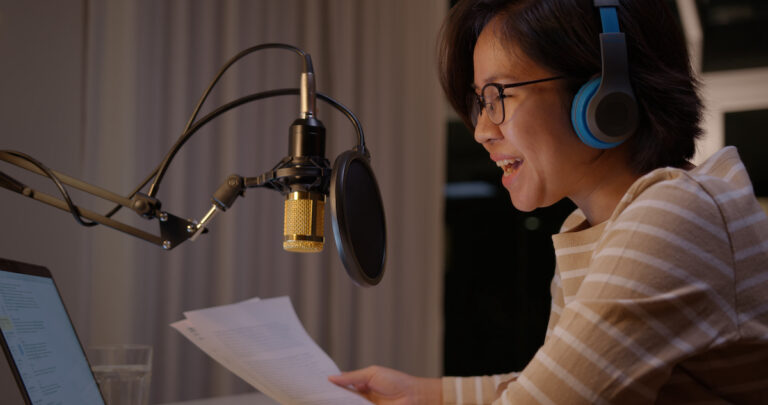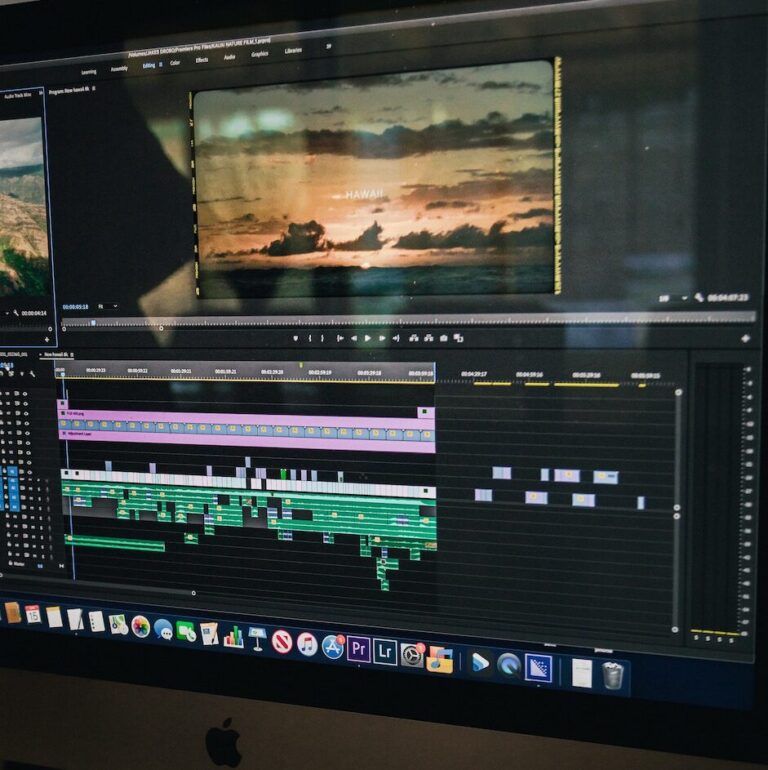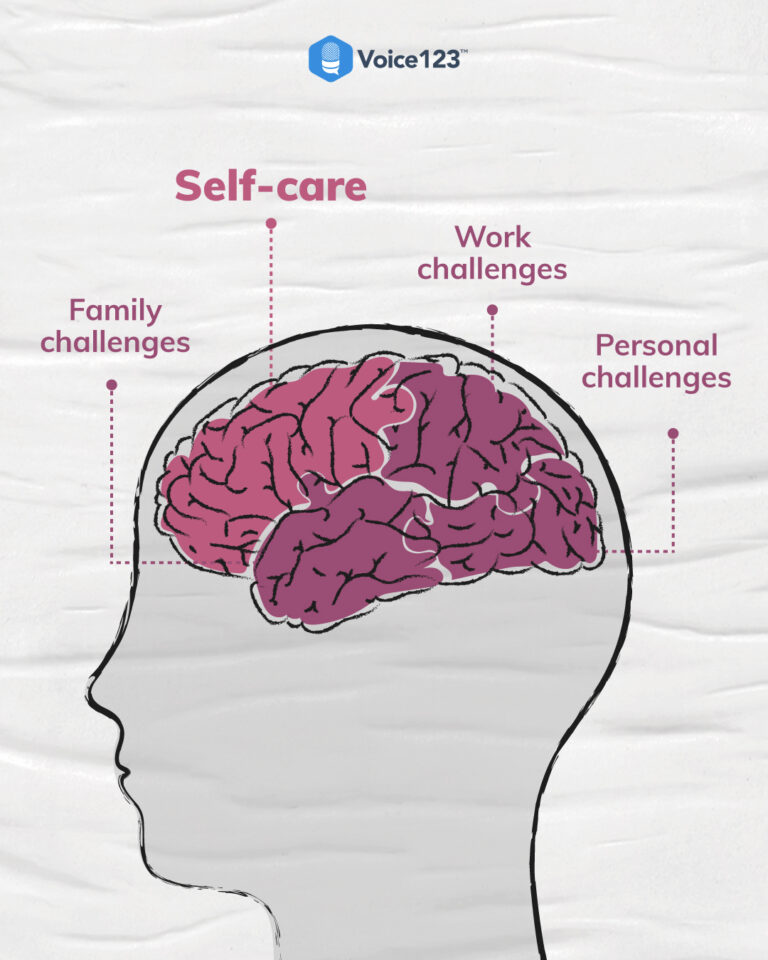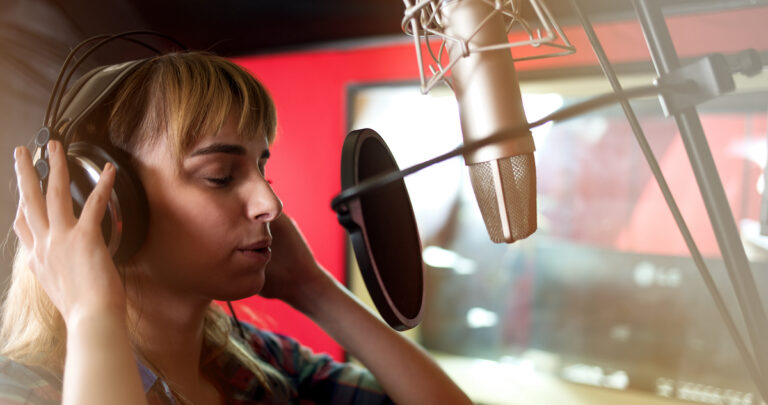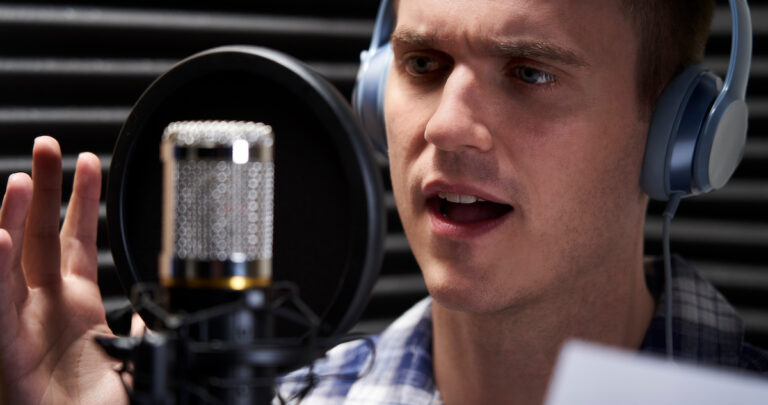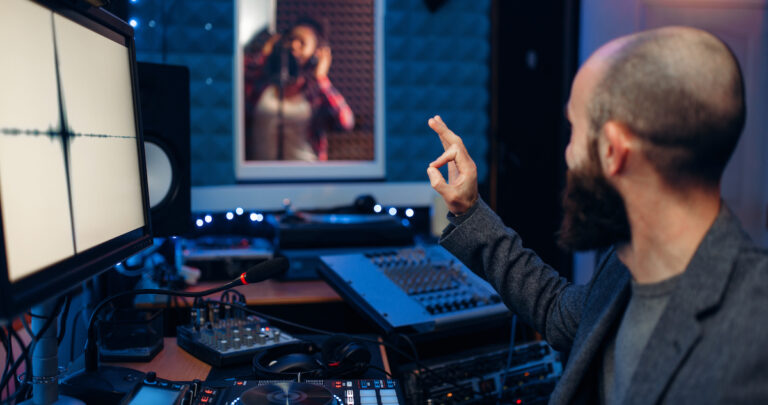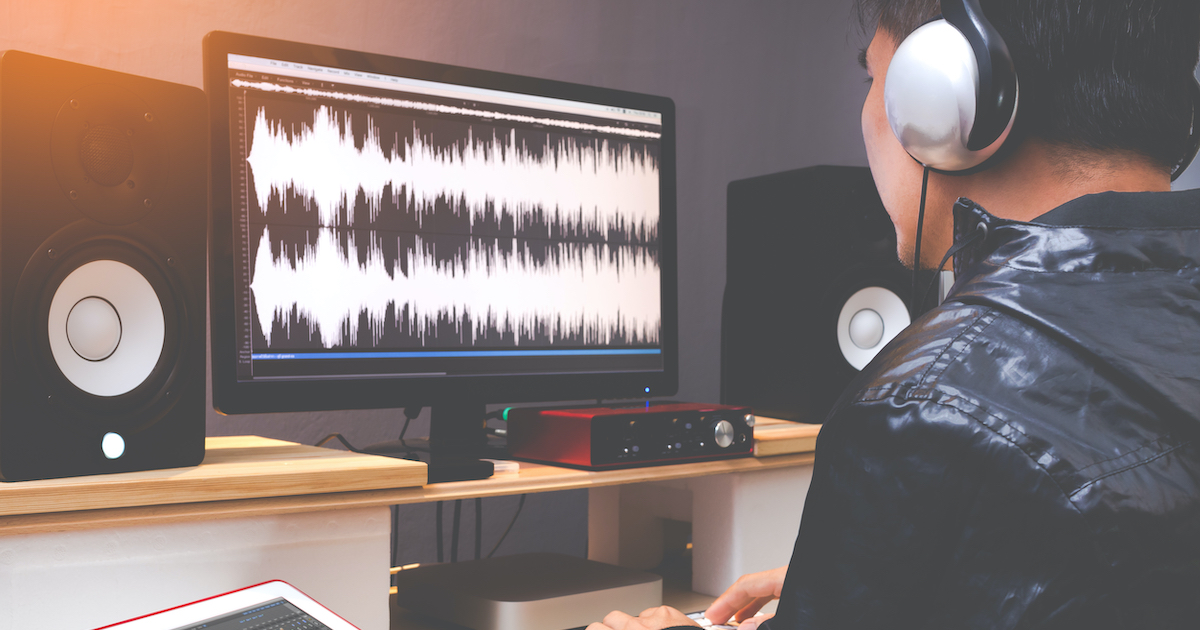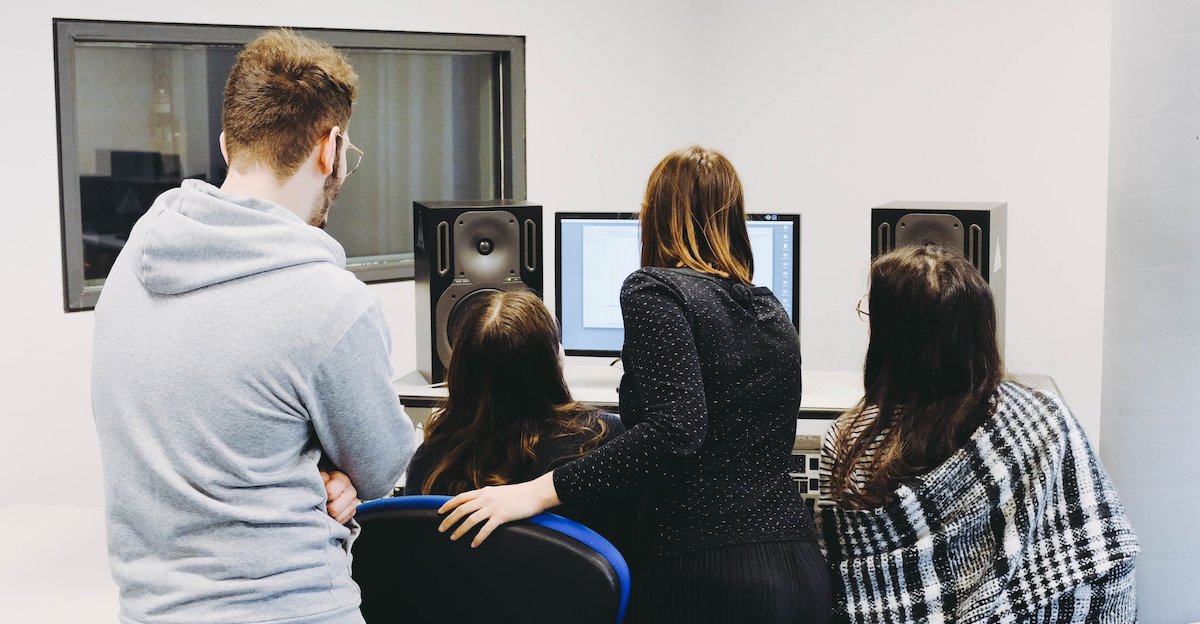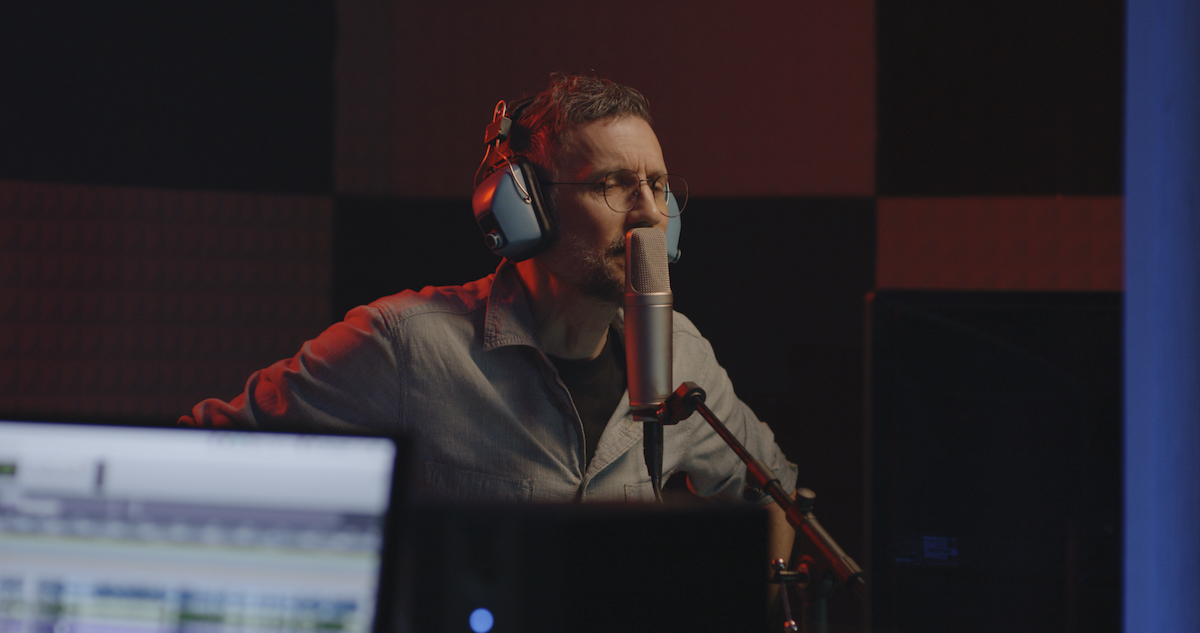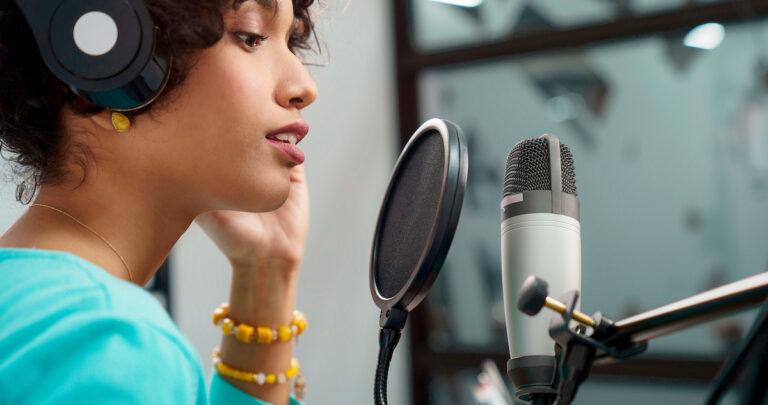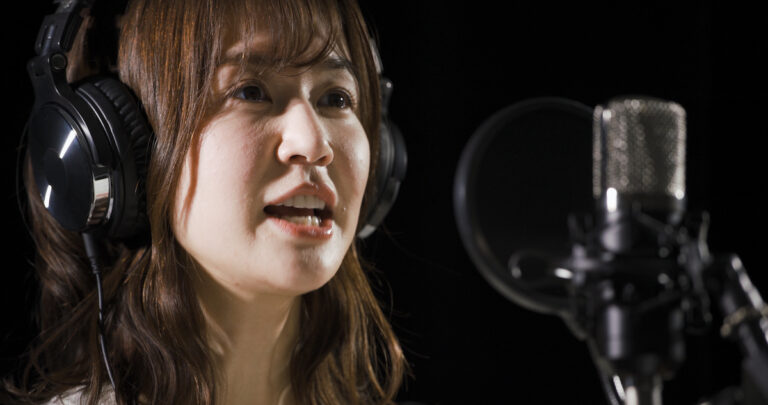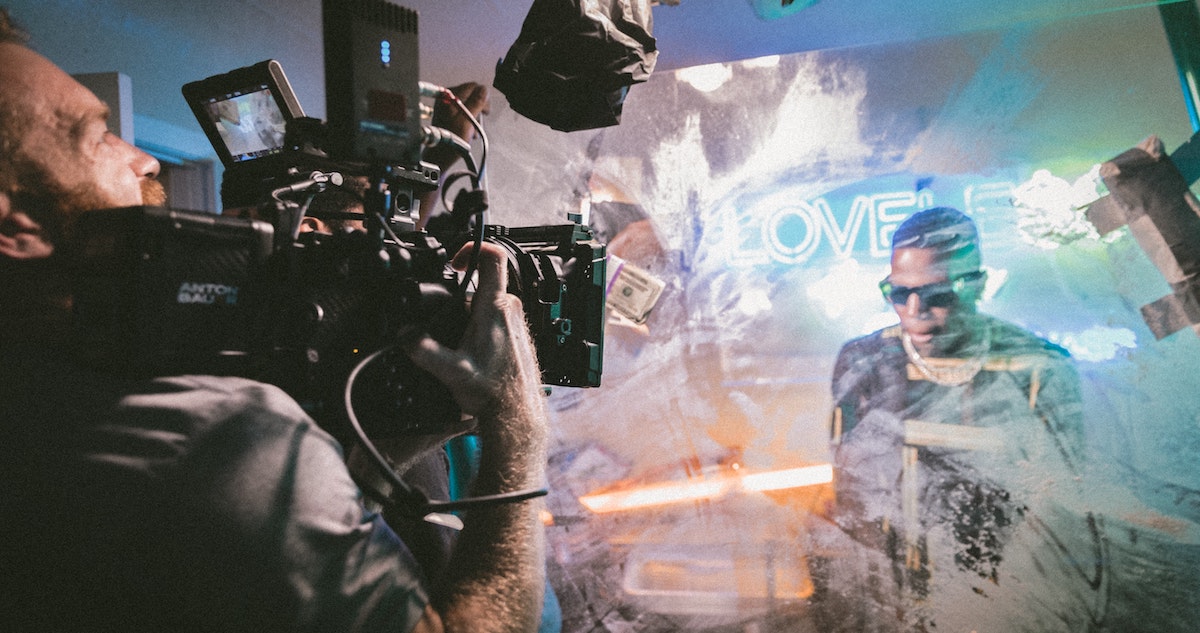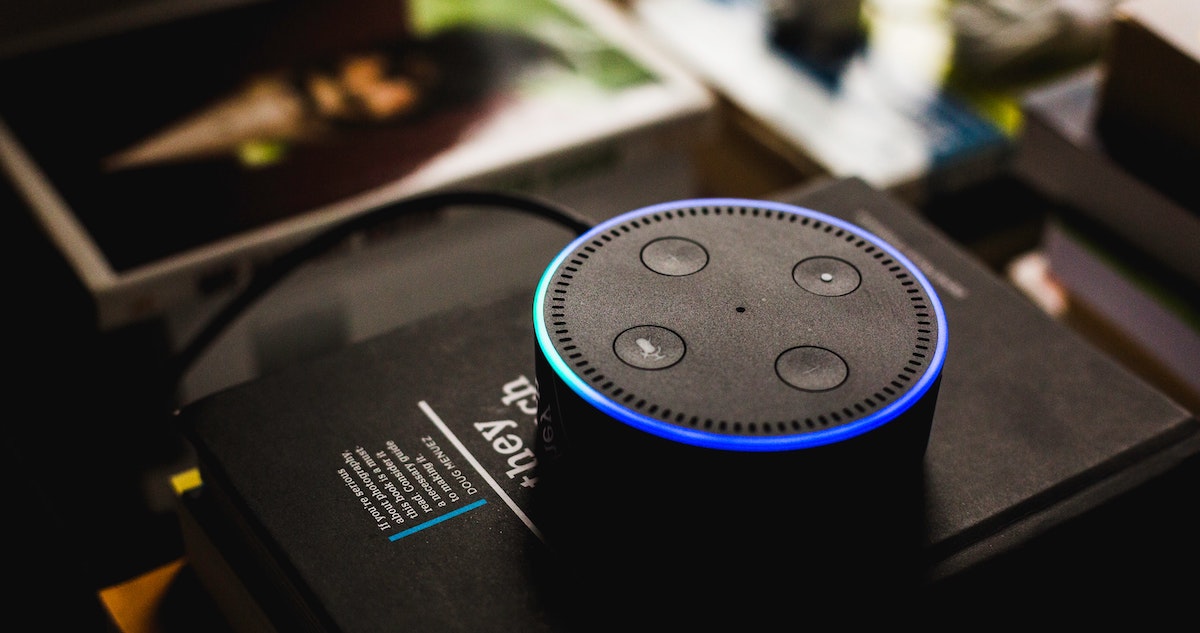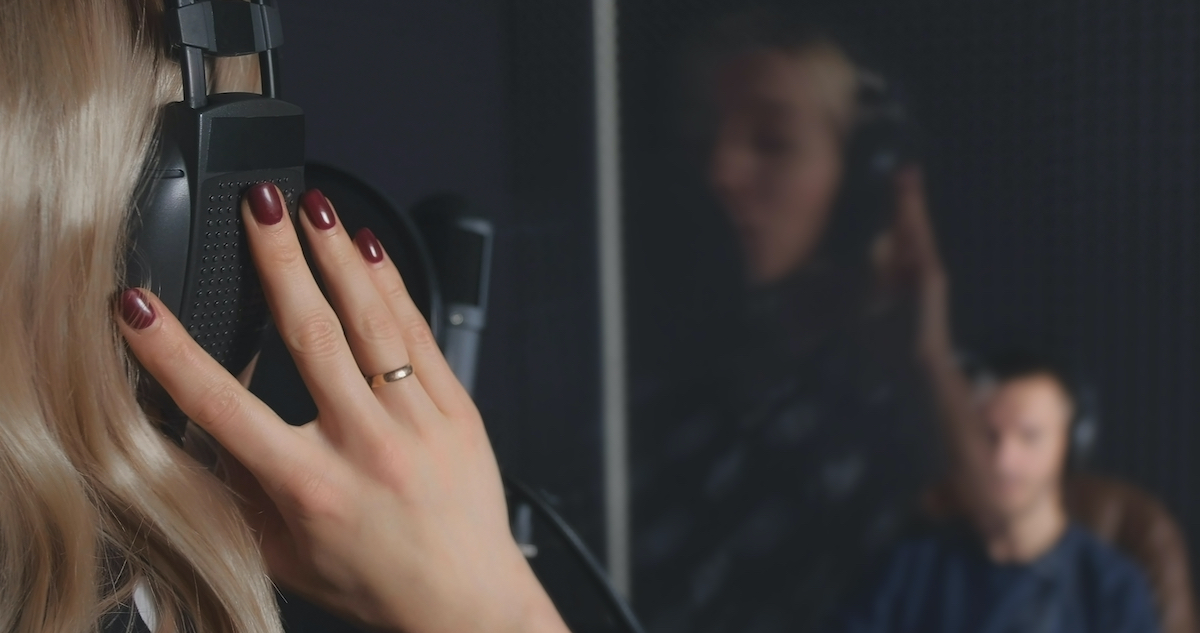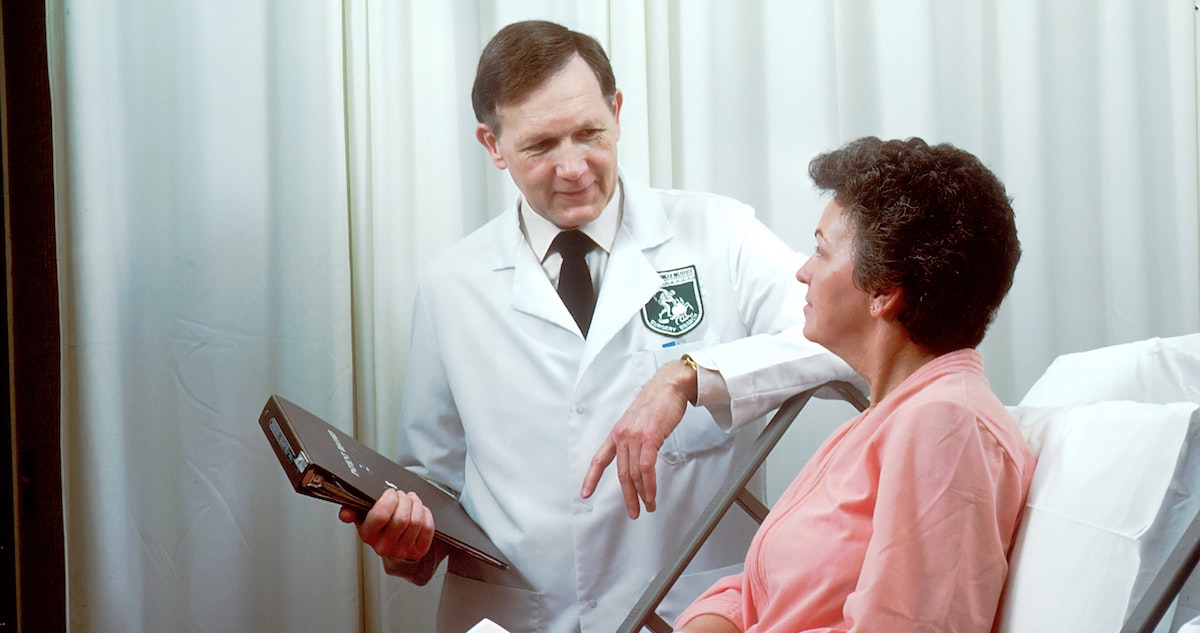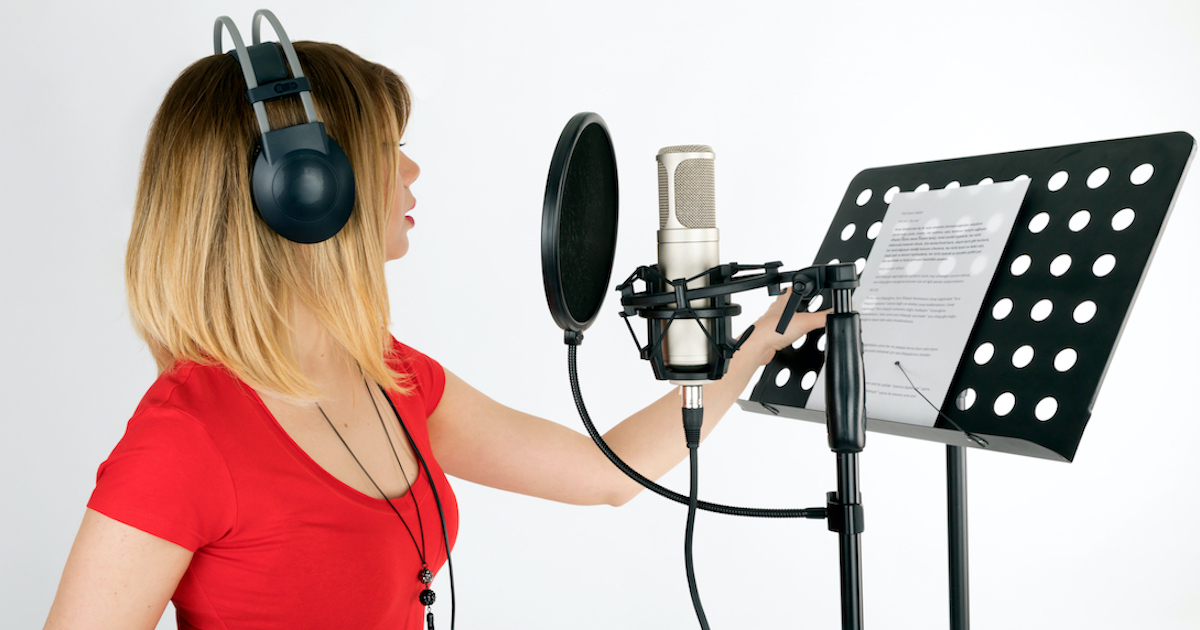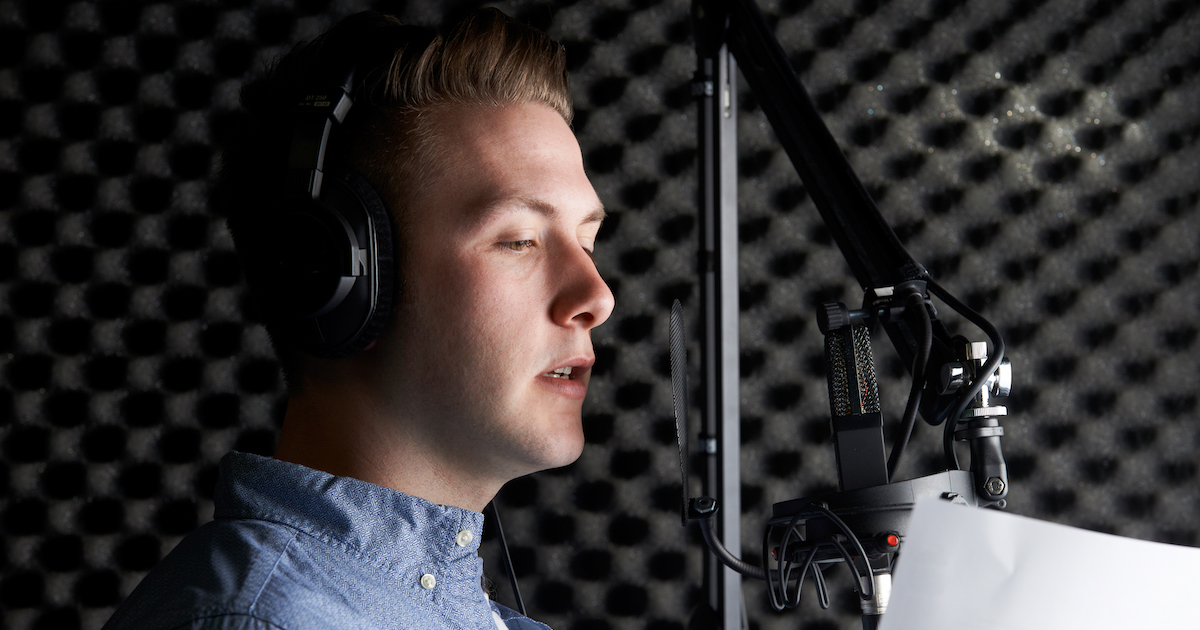Looking to hire a voice actor for your next audio or video ad campaign? It’s important to evaluate the person’s skills you’re thinking of using. One of the best ways to do that is by carefully judging a voice actor’s demo before you hire them.
A long time ago in a galaxy far, far away…
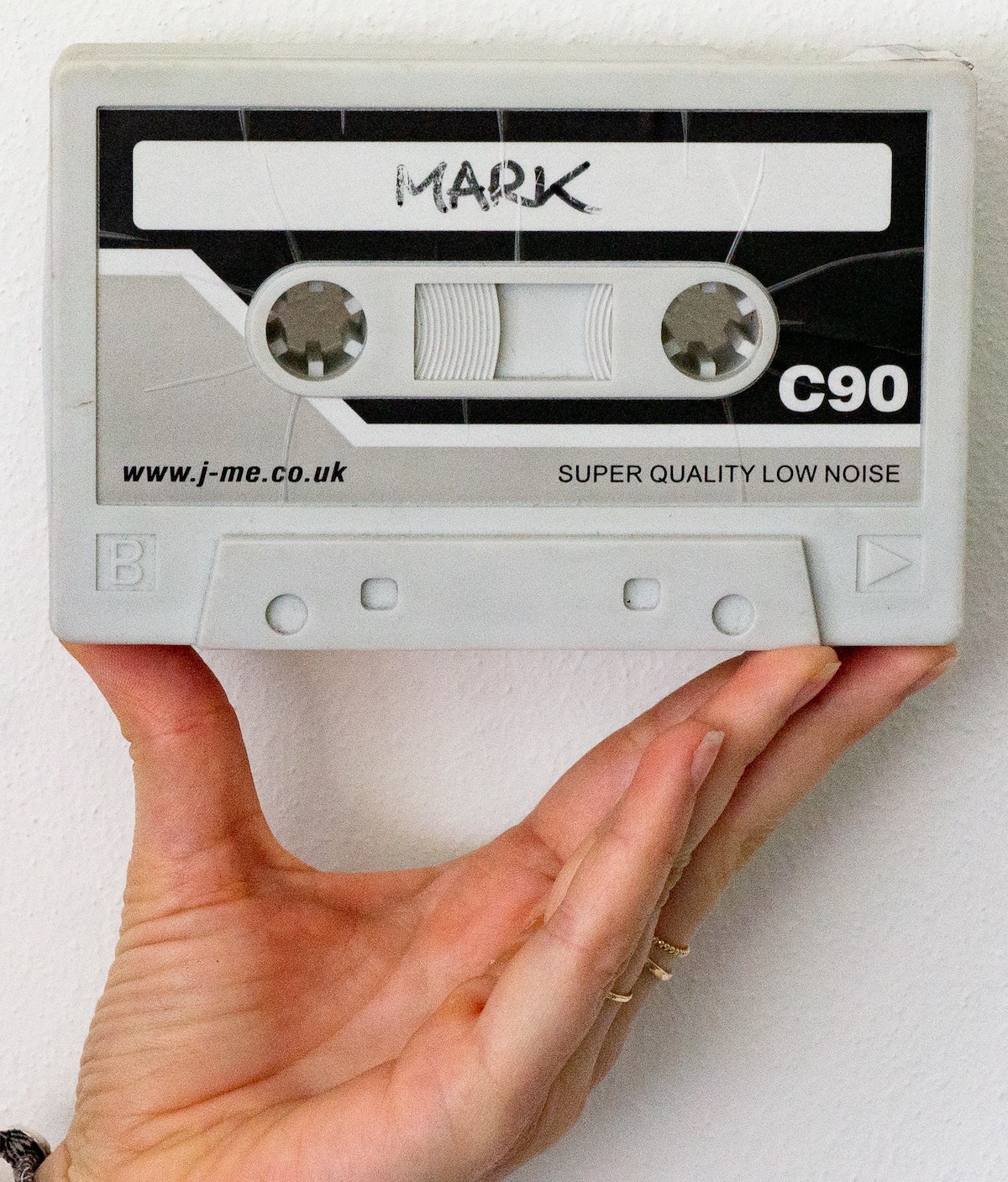
In the days of yore, voice actors used to compile ‘demo reels‘ of their work. An actor would obviously include visual elements, whereas a voice actor’s demo reel would consist of a selection of audio clips strung together. It was recorded and then packaged in a professional recording studio before being transferred to a short-duration compact cassette that could be mailed or dropped off at agencies.
The age of the internet and broadband turned the entire process and practice on its head. In fact, Voice123 led the way back in the early 2000s by becoming the very first online casting platform for voice actors.
At the same time, ongoing digitization was making professional audio recording equipment much more affordable. Combined with the growing popularity of online casting platforms, voice actors started building and working from their own home studios. They were now able to produce broadcast quality results without having to shuttle off to a pro studio. That’s been the deal ever since. And why not? It’s just so much more convenient!
The hassle of home studios

Transitioning from a professional commercial studio to a home setup isn’t all that difficult when the voice actors involved know what they’re doing. It follows by implication that they must be reasonably well-acquainted with the technical demands of recording spaces and recording equipment.
Sadly, however, there are some so-called ‘actors’ who see voice acting as a way to make an easy, fast buck. They’ll promote themselves as professionals when they’re anything but. Others are those who’ve done voice over work in professional studios before and actually qualify as ‘professional voice actors’.
Trouble is, they don’t know anything about the technical requirements of broadcast quality audio now that they’ve decided to start recording at home.
Today, being a professional voice actor entails being part sound engineer unless you can afford the services of someone who’s able to fulfil that role for you. In our experience, that’s rarely the case.
From a client’s perspective, this makes judging a voice actor’s demo before you hire them all the more important!
The voice over demo
Of course, voice over demos themselves have changed because industry needs have changed. Demos aren’t reels of audio clips joined together anymore. They’re no longer 2-5 minutes in duration either. At least, they shouldn’t be. The voice over ‘demo’ should now consist of separate samples. Each sample should be no longer than 30 seconds.
Why?
Because you as a client will probably be able to make up your mind whether an actor has the right voice for your project in less than 15 seconds.
With voice actors working from home, part of judging a voice actor’s demo entails listening to more than the quality, range, and tone of the voice. You need to listen to the overall sound of the recording because this will give you a very clear indication of the quality of recordings voice actors are capable of producing in their own home studios.
Quality audio

While seasoned professionals can ensure high-quality recordings that sound clean, crisp, and polished, those from amateurs can have major sound quality issues. These include room echo, system hiss, a tinny sound as a result of using a poor quality mic, and so on.
Some amateur voice actors avoid this issue by recording their demos at a commercial studio. The point is that this defeats the object because – in all likelihood – a pro studio isn’t where they’ll be recording the custom work they do for you.
Did a voice actor’s main demo impress you? It’s usually the first sample on their online profile. Always listen to a wide range of voice samples – at least four or five. If the quality varies from sample to sample, chances are good there’s going to be a problem with consistency and overall quality. When the actual work comes in you’ve booked the actor for, you may find that the recordings are nowhere near as good as that main demo.
Beware!
Judging a voice actor’s demo
Naturally enough, before you even start evaluating the voice actor’s demo, it’s important that you have a clear understanding of what your ad campaign entails. Having a script ready along with gender, tone, accent, and pitch requirements will help you home in on specific vocal requirements.
From a technical perspective, here are a few evaluation tips:
Noise
This typically refers to any noise other than the actor’s voice that you may be able to hear on the demo recording. Noise can be in the form of static, hum, an air conditioner, intermittent popping, hiss, or crosstalk. Some noises can be so severe – such as a motor vehicle passing by or the sound of a lawnmower – that the actor’s voice is practically unintelligible. We’re mentioning this because some clients have actually received demos like that!
Distortion
This is typically related to recording equipment or software and affects the voice itself. Today’s digital recording environment is very unforgiving and any kind of distortion is likely to render a voice over unusable.
Volume distortion
Setting the recording level too high or adding too much processing afterwards are the two most common causes. Seasoned pros will never submit distorted recordings to you, so listen out carefully for anything that sounds harsh and unnatural.
Over-compression
Compression is one of the most useful and basic tools in sound mixing and editing. It is a process that reduces the dynamic range of the loudest and softest parts of the audio. While this helps maintain a more even volume throughout, over-compression can make the voice sound unnaturally loud and spit-in-your-eye. Experienced professionals are well aware of the compression ratios for specific voice over styles.
Poor editing
Poor editing can make voice over narration lose its rhythm. It is often particularly evident when breaths get removed and the audioclip ends up sounding robotic.
As a rule, professionals won’t submit a voice over to a client that has choppy transitions and audibly abrupt cuts. If that’s what you’ve received, you’d have every right to be displeased!
Creativity and professionalism

Other aspects to look at when evaluating a voice actor’s demo relate to creativity and professionalism.
You may want to convey different emotions in your ad and need a voice actor who can narrate both engagingly and convincingly.
Consider pronunciation, clarity, pacing, pitch, and accent as crucial factors that contribute to believability. Your target audience must relate not only to what is being said, but also to who is saying it.
Does your script demand that the voice actor slip into multiple characters? Then the demo should show off their vocal range.
In many if not most instances, it may be better for you to upload a section of your script when you post your project and ask the voice actors who are auditioning to provide you with a recording of that. Custom auditions are always the most revealing. It’s very hard to hide in the open!
Try never to rush the process. Make no mistake: in most cases, a voice actor can make or break your advertising campaign. Choose wisely.
We wish you the greatest success!



